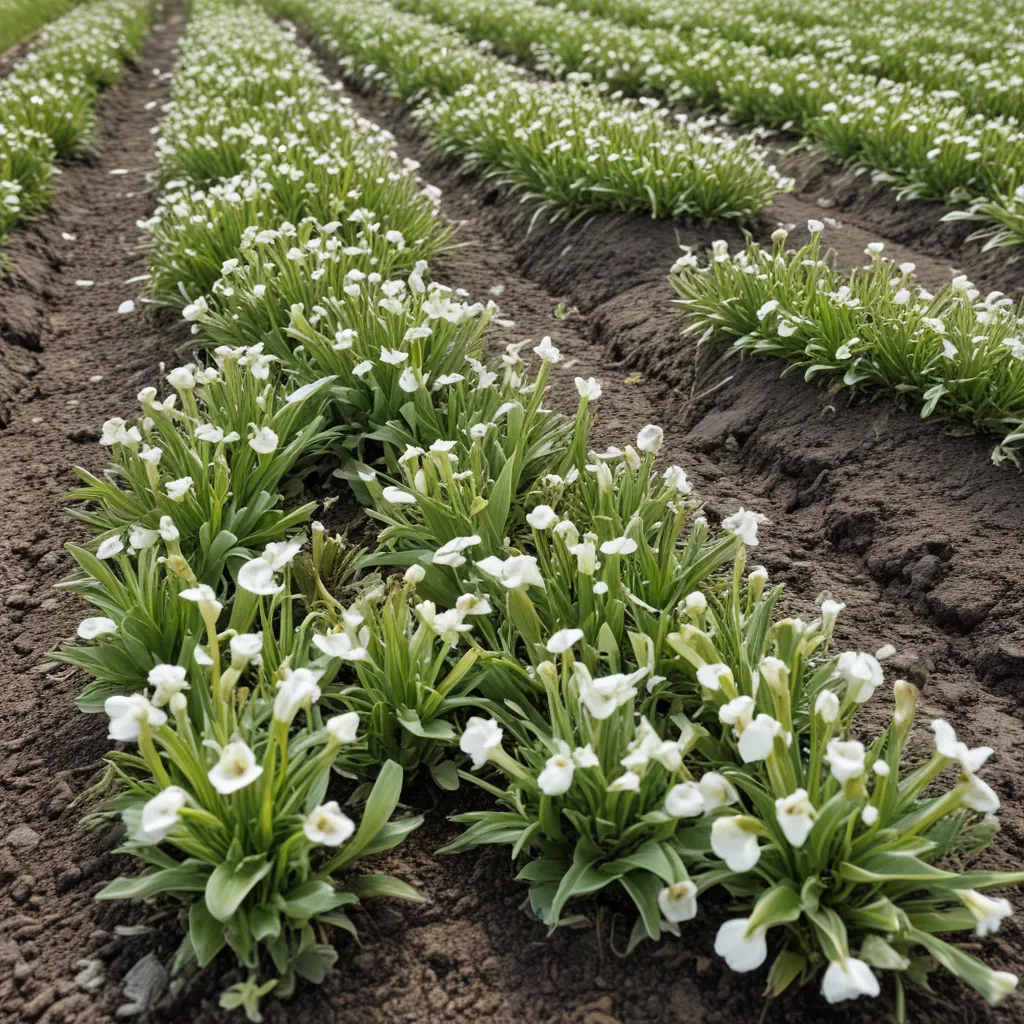
Effects of Spring Freeze Damage and Training Systems on the Viticulture Performance of Young ‘Marquette’ Grapevines
Spring frost events can pose a significant threat to vineyards, especially for early-budding, cold-hardy hybrid cultivars like ‘Marquette’. At the Wine Garden Inn, we’ve been closely studying how different training systems and canopy management strategies can help mitigate the impacts of spring freeze damage on ‘Marquette’ performance and fruit quality.
Factors Influencing Freeze Damage
The type of cold event a vineyard experiences can have vastly different effects. Radiation frosts, characterized by clear skies and low wind speeds, are the most common spring frost events in the eastern U.S. Here, cold air settles in the vineyard, potentially causing damage to tender young shoots and buds. In contrast, advective freeze events driven by cold air masses can lead to more severe, widespread injury, potentially damaging even the permanent vine structures.
Site selection is crucial for managing spring frost risk. Vineyards situated at higher elevations or with good air drainage tend to experience fewer radiation frost events. Maintaining a vegetation-free strip under the vines and regularly mowing between rows can also help promote airflow and slightly increase temperatures within the canopy.
Impacts on Plant Growth
The extent of freeze damage depends on the grapevine growth stage. Young, succulent shoots are highly susceptible, often wilting and browning after a frost event. Damage to primary buds can reduce yields, while injury to the trunk or cordons may have longer-term consequences, leading to disease pressure and even vine death in severe cases.
However, ‘Marquette’ vines have shown resilience, with the potential to produce fruitful secondary shoots after a spring frost. Our research has found that the percentage of freeze-damaged shoots and the severity of green tissue injury did not differ between the high wire bilateral flat cane (HWC) and four-arm Kniffin (4AK) training systems. This suggests that ‘Marquette’ may be more tolerant of spring freeze events compared to some traditional Vitis vinifera cultivars.
Mitigation Strategies
While passive techniques like delayed or double pruning can help delay budburst and potentially avoid the most vulnerable growth stages, active frost protection methods may be necessary in high-risk regions. Vineyard wind machines, which mix warmer air from above the canopy with colder air near the ground, can be an effective tool during radiation frost events. Overhead sprinkler systems provide another option, creating a protective layer of ice around buds and shoots.
However, these active measures come with significant costs and management challenges. Growers must carefully consider factors like water availability, soil drainage, and potential noise impacts when investing in such systems. Additionally, these methods are less effective during the stronger, wind-driven freeze events that can also occur in spring.
Trellis Systems
The training system selected can also influence a vineyard’s resilience to spring freeze damage. In our trials, the 4AK system, which retains a higher number of buds per vine, maintained significantly higher yields compared to HWC vines in both the freeze-damaged 2017 season and the following year without frost events.
This suggests that training systems capable of supporting more shoots and clusters may be better suited for ‘Marquette’, allowing growers to compensate for potential freeze-induced crop losses. However, the lower canes on 4AK vines were more susceptible to damage and produced lower-quality fruit, likely due to shading from the upper canopy.
Pruning Techniques
Delaying or doubling up on pruning can also be an effective strategy for ‘Marquette’. By leaving more primary buds intact until later in the spring, growers can “sacrifice” the first-to-break apical buds while preserving the basal buds that are less prone to frost damage.
This technique, combined with training systems that allow for higher bud counts, can help ensure reliable crop levels even after severe spring freezes. However, care must be taken to avoid over-cropping, which can negatively impact fruit composition and overall vine balance.
Canopy Management
In addition to training and pruning, canopy management practices like leaf removal can play a role in mitigating freeze damage. Exposing the fruit zone to more sunlight and airflow may help harden tissues and improve bud fruitfulness, potentially offsetting some of the losses from spring frost events.
Our research has found that targeted leaf removal around bloom can enhance fruit composition in ‘Marquette’ without significantly impacting yield, providing a valuable tool for growers in frost-prone regions.
Crop Yield
The combination of training system, pruning, and canopy management decisions can have a significant impact on a vineyard’s productivity. In our trials, the 4AK system consistently outperformed HWC vines in terms of yield, even after the severe spring freeze damage of 2017.
However, it’s important to strike the right balance – overly high crop levels can lead to challenges with fruit maturity and wine quality. Monitoring metrics like the Ravaz index (yield to pruning weight ratio) can help growers identify the optimal crop load for their ‘Marquette’ vines.
Fruit Quality
While training system had minimal impact on most fruit composition parameters, we did observe differences in total soluble solids (TSS) between the upper and lower canes of 4AK vines. The lower, more shaded canes consistently produced fruit with lower sugar levels, highlighting the importance of canopy management for optimizing fruit quality.
Factors like the titratable acidity (TA) and pH of ‘Marquette’ grapes can also be influenced by seasonal conditions, with cooler, wetter years tending to result in higher TA. Understanding these dynamics is crucial for winemakers looking to balance the natural high acidity of this cultivar.
Conclusion
Navigating the challenges of spring freeze events in ‘Marquette’ vineyards requires a multifaceted approach, combining careful site selection, thoughtful training system design, precise pruning and canopy management, and potentially even active frost protection measures. By leveraging this diverse toolkit, growers can maximize the potential of this promising cold-hardy hybrid grape, delivering high-quality fruit and wines to Wine Garden Inn guests.
